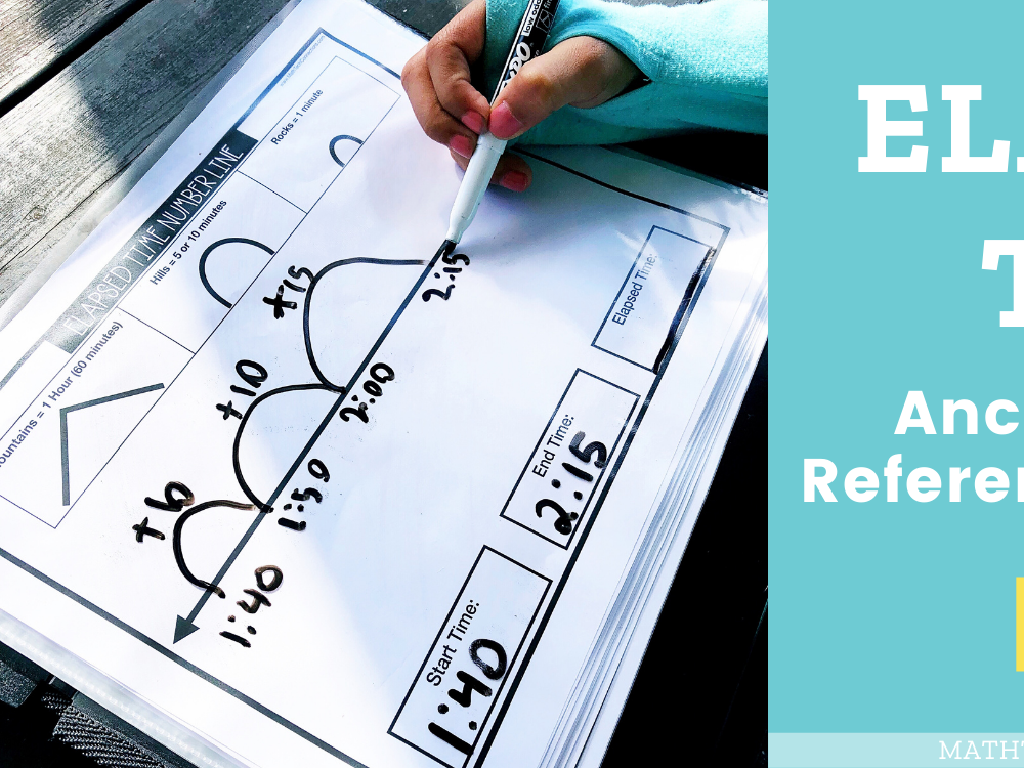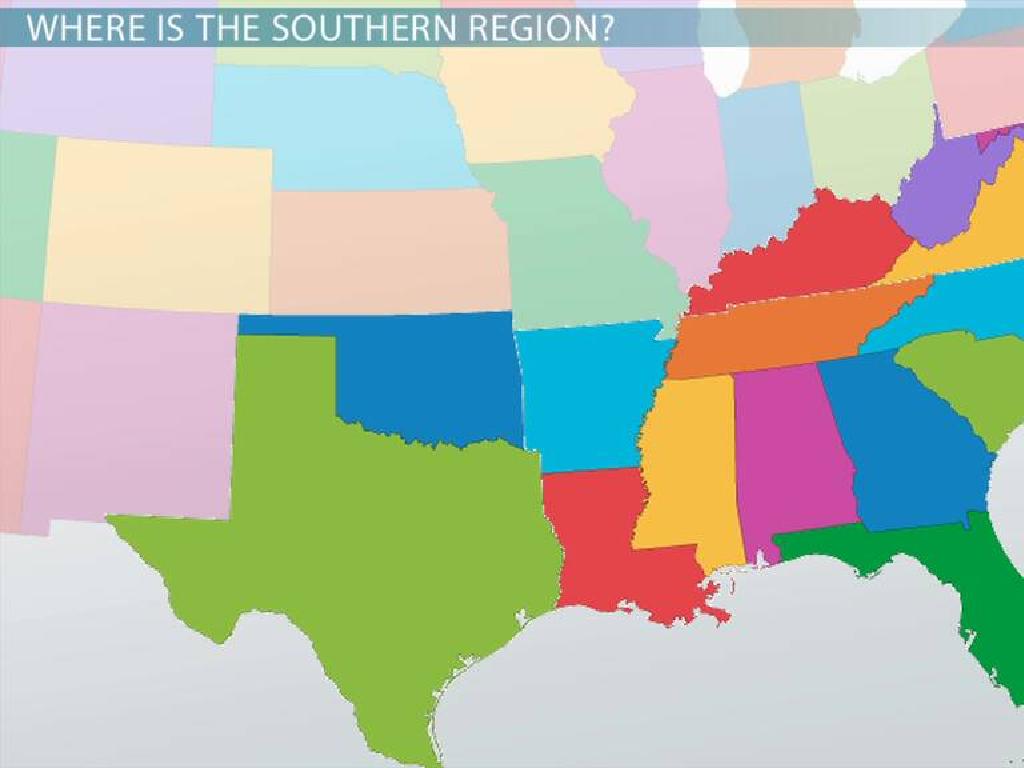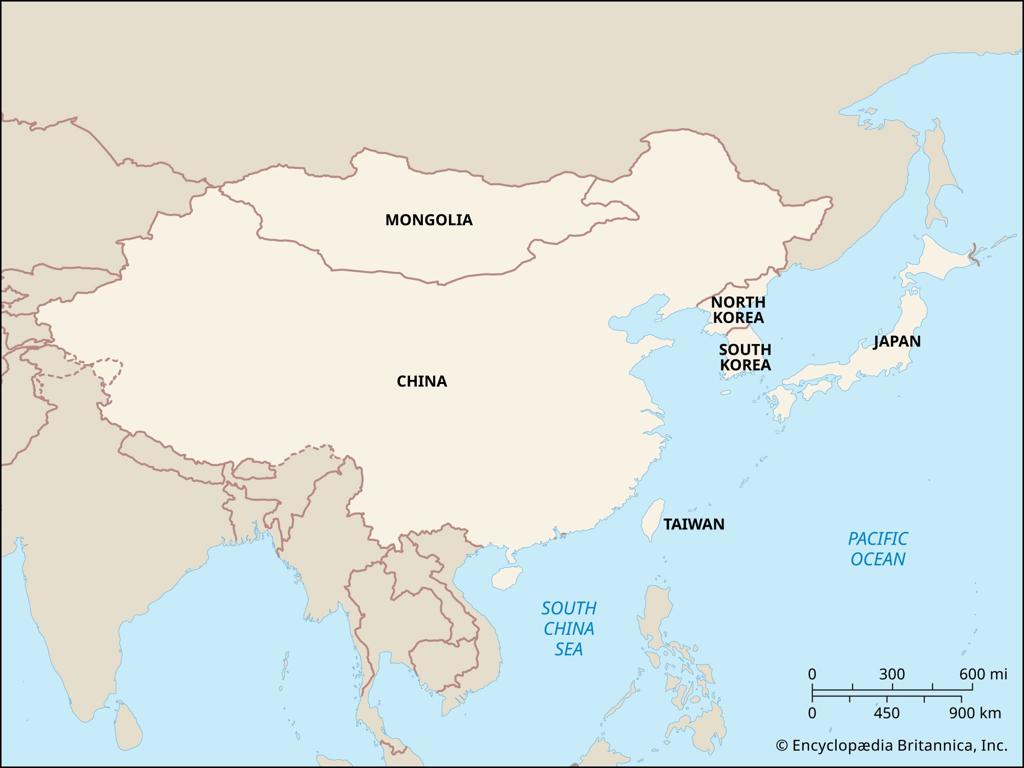Identify Earth's Land Features
Subject: Science
Grade: First grade
Topic: Earth'S Features
Please LOG IN to download the presentation. Access is available to registered users only.
View More Content
Exploring Earth’s Land Features
– Earth’s land features introduction
– Land features are natural parts of Earth’s surface
– Observing our surroundings
– Look outside, what natural features do you see?
– Types of land on Earth
– Mountains, valleys, plains, and hills are land types
– Understanding landforms
|
This slide is designed to spark curiosity in first graders about the natural world around them. Begin by explaining what land features are and how they form the Earth’s surface. Encourage the children to observe their environment and share what they see, whether it’s hills, fields, or something else. Introduce basic types of land such as mountains, valleys, plains, and hills, and provide simple definitions for each. Use clear and relatable language to ensure understanding. The goal is to lay the foundation for recognizing and appreciating the diverse landforms that make up our planet.
Exploring Earth’s Land Features
– What are land features?
– Shapes on Earth’s surface
– Examples: mountains, hills
– Tall and big, small and rolling
– More examples: valleys, plains
– Low areas between hills, flat wide areas
– Let’s name more together!
|
Begin the lesson by explaining that land features are the different shapes that make up the Earth’s surface. Use simple terms to describe each feature: mountains are very tall and big, hills are like small mountains, valleys are the low areas between mountains or hills, and plains are very flat and wide areas of land. Encourage the children to think of these features and ask if they have seen any of them in real life or in pictures. This will help them connect the concept to the real world. After explaining, engage the class by asking them to name other land features they know or have heard of, fostering a collaborative learning environment.
Exploring Mountains
– Mountains are tall and rocky
– They’re higher than the land around them
– Some mountains have snowy tops
– Like the picture, mountains can be white at the peak
– Have you seen a mountain?
– Sharing experiences helps us learn together
|
This slide introduces students to the concept of mountains as a part of Earth’s land features. Emphasize that mountains are very large and made of rock, often reaching high into the sky, which can make their tops very cold and snowy. Show a picture of a mountain with snow to help them visualize. Ask the students if they have ever visited a mountain or seen one in pictures or movies to make the lesson interactive. This can lead to a discussion about personal experiences with mountains, helping to solidify their understanding of the concept.
Exploring Valleys
– Valleys are low areas
– Like a big dip on Earth between higher land
– Often have rivers or streams
– Water flows down from hills into valleys
– Great for farming
– Soil by rivers is fertile for plants
– Surrounded by hills or mountains
|
This slide introduces valleys, a type of landform that is lower than the surrounding area, often found between hills or mountains. Valleys are important geographic features where water from higher land collects, forming rivers or streams. This makes the soil in valleys particularly fertile, which is why many valleys are used for farming. When discussing valleys with first graders, use simple language and relate to things they know, like how water runs down into the lowest part of a playground. Encourage them to think about valleys they may have seen or visited, and discuss why people might choose to farm in these areas.
Exploring Plains: Earth’s Land Features
– Plains are big, flat lands
– Like a huge, flat playground or a giant’s table
– Homes for animals and farms
– Think of cows grazing, crops like corn growing
– Imagine animals on the plains
– What animals do you think like this open space?
|
This slide introduces plains as one of Earth’s land features. Explain to the students that plains are vast stretches of flat land, which can be found all over the world. They are important because they provide perfect spaces for animals to live and for people to grow food, like vegetables and grains. Encourage the children to think about and discuss the types of animals that might live on the plains, such as horses, bison, or lions in the savannah. Use this opportunity to connect with other subjects like geography and social studies by showing where plains are located on a map and discussing different cultures that live on plains.
Exploring Hills: Earth’s Gentle Giants
– Hills are smaller than mountains
– They have a round top shape
– Hills exist worldwide
– Imagine climbing a hill together!
– Pretend we’re adventurers scaling a gentle slope
|
This slide introduces hills as a land feature to first graders. Start by explaining that hills are similar to mountains but not as high, which makes them easier to climb. Show pictures of hills with their rounded tops to give students a visual understanding. Highlight that hills can be found in many places around the world, perhaps even near where they live. Engage the students by having them simulate hill climbing in the classroom. This could involve them standing up from their seats and pretending to climb, which adds a fun physical element to the lesson. Encourage them to use their imagination and consider what they might see or feel if they were really climbing a hill.
Exploring Deserts: Earth’s Dry Land
– Deserts are super dry places
– Very little rain falls in deserts
– Deserts can be hot or cold
– Like the hot Sahara or cold Antarctica
– Animals that live in deserts
– Camels, scorpions, and meerkats are some desert animals
– Imagine living in a desert
|
This slide introduces students to the concept of deserts as part of Earth’s land features. Emphasize that deserts are defined by their lack of rain, rather than just by temperature, which can vary from very hot to very cold. Encourage the children to think about the types of animals that are adapted to live in such extreme conditions, like camels in hot deserts or penguins in cold deserts. Use this opportunity to spark their imagination by asking them to consider what it would be like to live in a desert environment. Provide pictures or stories of desert landscapes and animals to make the lesson more engaging.
Exploring Islands
– Islands are land surrounded by water
– Like a land-puddle with water all around!
– Islands vary in size
– From huge ones like Australia to tiny ones you can walk across
– Life on an island
– Think about what games you could play or animals you might see!
|
This slide introduces the concept of islands to first graders, emphasizing that islands are pieces of land completely surrounded by water. It’s important to convey that islands come in various sizes, and even continents like Australia are considered islands. Encourage the children to use their imagination to consider what it would be like to live on an island, what activities they could do, and what animals they might encounter. This will help them connect with the concept on a personal level and make the learning experience more engaging. You can also show them pictures of different islands to illustrate the diversity in size and features.
Review Time: Guess the Land Feature!
– Recall the land features we learned
– I’ll show a picture, you guess
– Is it a mountain, valley, or plain?
– Or is it a hill, desert, or island?
|
This slide is meant to serve as a fun review activity for the students to reinforce their knowledge of Earth’s land features. Display pictures of different land features one at a time and ask the students to identify whether it’s a mountain, valley, plain, hill, desert, or island. This interactive guessing game will help students recall the characteristics of each land feature they’ve learned about today. Encourage them to explain why they think the picture represents a particular feature to foster critical thinking. For the activity, prepare a diverse set of images that clearly depict each land feature. Make sure to include a variety of examples to cover all the features discussed in the lesson.
Class Activity: Create Your Own Land Feature
– Make a land feature with playdough
– Choose your favorite land feature
– Could be a mountain, valley, or river
– Shape it using your hands
– Share and discuss your creation
– Tell us why you like it and what makes it special
|
This hands-on activity is designed to help first graders understand Earth’s land features in a fun and interactive way. Provide a variety of playdough colors and encourage creativity. As students work, walk around the classroom to discuss their choices and the features they are creating. Prepare to facilitate a show-and-tell session where each student presents their land feature to the class, explaining what it is and why they chose it. This will help them articulate their understanding of the different land features they’ve learned about. Possible variations of the activity could include working in pairs to create complementary land features, such as a river flowing through a valley, or creating an entire landscape on a larger scale with a group.






